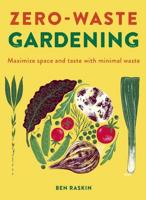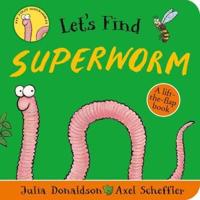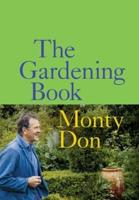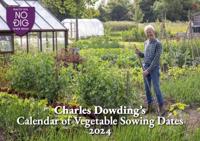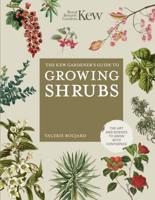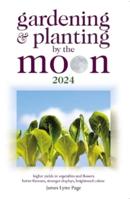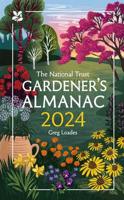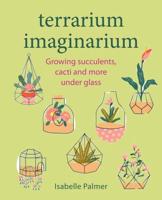Publisher's Synopsis
The deciduous woodlands of eastern North America are the natural habitat of the herbaceous perennial plant known as American mayapple (Podophyllum peltatum). It belongs to the Berberidaceae family, which includes barberries. Some of the other names for this plant include ground lemon, mayapple, and wild mandrake.
Characteristics that set the American mayapple apart are:
- Leaves: Usually, the plant only makes one big, umbrella-shaped leaf, which looks like a palm tree or an umbrella and has deep lobes.
The typical diameter of the leaf is between thirty and fifty centimeters (12-20 inches).
- Mayapples have one white flower in the spring, and it's usually buried by the big leaves. The bloom looks waxy and has six or nine petals. To bloom, a plant needs at least two leaves.
- The mayapple's fruit is a berry that ranges in color from yellow to green and is meaty. Only when fully mature may it be eaten; else, the entire plant is poisonous. Some say the fruit looks like a miniature apple, which is why it's called a "mayapple."
- The ideal environment for American mayapples is a woodland that is rich, damp, and shady. Colonies of these plants thrive in soils that drain well.
- The ripe fruit is safe to eat in moderation, but the plant as a whole, including its stems, roots, and unripe fruit, contains deadly chemicals including podophyllotoxin. Mayapple has a history of usage in traditional medicine, but its toxicity makes it a herb that requires vigilance.
Some indigenous and traditional traditions hold the plant in high regard for its cultural and medical properties. You should only forage for mayapple or use it medicinally with the right understanding and care because its incorrect usage can be dangerous.



